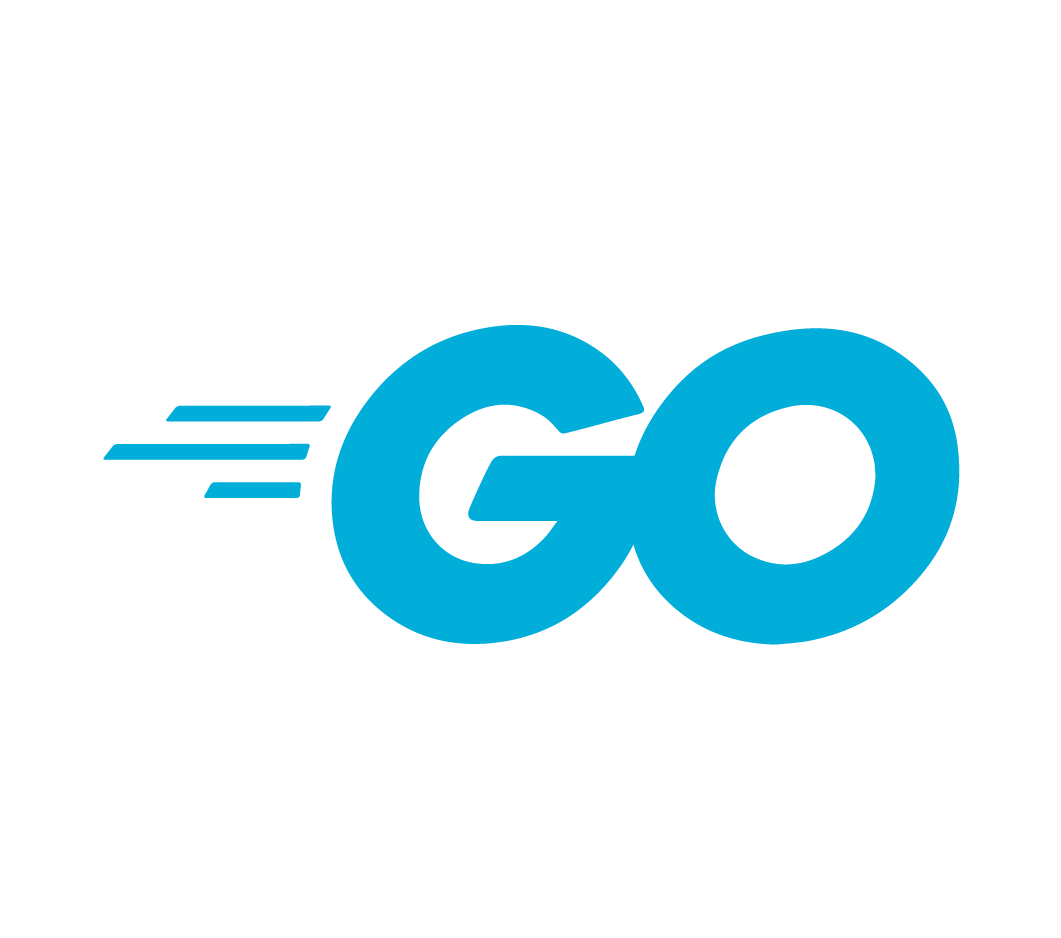Open Source Programming language
Statically Typed language
Makes sharing code easy
Similar to C programming language
Organization that use Go includes Google, Docker, Kubernetes, Cloudflare, Dropbox, Netflix & Uber.
Why Go language?
C like Syntax
Compiles to native code i.e. one executable file is need to run the whole program.
Garbage collection
Concurrency built-in language
Compatibility promise → Once a program written to the go one specification will continue to compile and run correctly, over the lifetime of that specification.
Simple and Minimalistic (20 keywords only)
Does not allows unused dependencies
No circular dependencies
Does not use header files
Go has concise syntax with few keywords to remember.
Languages like C or C++ offers fast execution, whereas languages like Ruby or Python offers rapid application development, Go bridges these computing worlds and offers development fast.
Modern Computers have many core, But most programming languages don’t have effective tools for utilizing those additional resources easily. But Go has Built-in Concurrency features, which will helps us to use the available resources without forcing us to use special threading libraries.
GoRoutines: (One thread many Goroutines)
Goroutines are functions that run concurrently with other goroutines, including the entry point of your program.
Goroutines are like threads, but use far less memory and require less code to use. We can practically create hundreds of thousands of goroutines in same address place.
Channels :
Channels are data structures that enable safe data communication between goroutines.
Go has a Garbage collector which adds little overhead to the program execution time, but reduce development effects significantly.
What is Garbage Collector?
Comments
Post a Comment